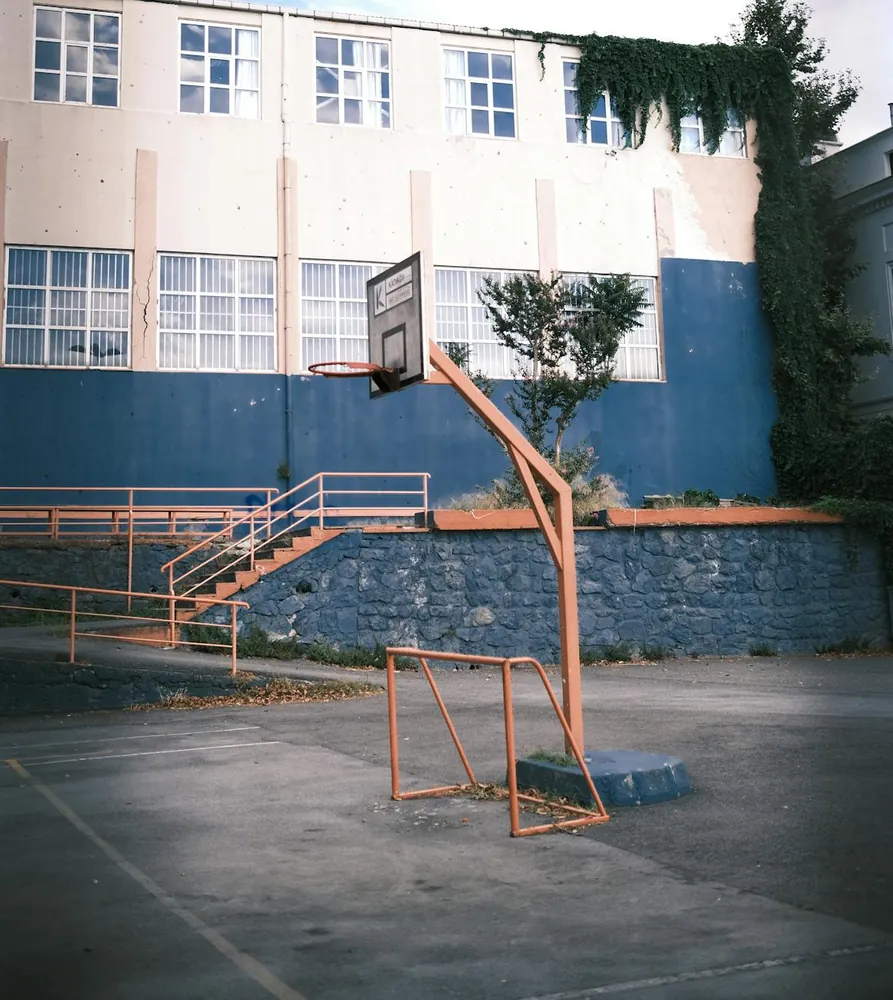Steps for high schools to launch a vibrant basketball intramural league

Creating the Framework for Success
Launching an intramural basketball league in high school is an excellent way to promote physical activity, teamwork, and school spirit. With proper planning and execution, it can become a highlight of the school year, offering students a chance to enjoy competitive sports in a friendly environment. Here's a step-by-step guide on how high schools can establish an engaging intramural basketball league.
Step 1: Gauging Interest and Gathering Support
The first step in creating a successful intramural basketball league is to gauge interest among students. Conduct surveys or host informational meetings to understand how many students might be interested in participating. Collaboration with school administrators and the physical education department is crucial to secure support and resources.
Tips:
- Use digital surveys to quickly reach a wide audience of students and parents.
- Engage student leaders or sports captains to spread the word.
- Host a kick-off event with a demonstration game to generate excitement.
Step 2: Defining Objectives and Structure
Clearly define the objectives of your league. Is it purely recreational, or will there be competitive elements with playoffs and championships? Deciding on the structure early helps in organizing logistics later.
Considerations:
- Decide on the duration of the season—will it span several months or be an intensive few weeks?
- Determine whether there will be different divisions based on skill levels or age groups.
- Establish clear rules that align with basketball's standard regulations but are adapted for intramural play.
Step 3: Organizing Teams
Organize teams by conducting tryouts or forming them randomly to ensure fairness. Depending on the number of interested students, you might also consider having co-ed teams to foster inclusivity.
Practical Tips:
- Set a limit for team sizes to ensure ample playing time for all participants.
- Encourage teachers or senior students to coach and mentor the teams.
- Create fun team names and allow students to design their jerseys for added engagement.
Step 4: Scheduling Games
Develop a comprehensive game schedule that accommodates students' academic commitments. Consider holding games after school or during weekends.
Workflow:
- Create a balanced schedule ensuring each team plays an equal number of games.
- Avoid conflicts with major school events or holidays.
- Utilize online platforms for easy updates and schedule tracking.
Step 5: Promoting Participation
Promotion is key to building excitement and participation. Use posters, social media, and school announcements to keep students informed and engaged.
Promotional Strategies:
- Create a dedicated section in the school newsletter highlighting upcoming games and results.
- Organize theme nights or special events like 'Parent-Teacher Basketball Night.'
- Leverage social media by sharing highlights, photos, and player interviews.
Step 6: Ensuring Safety and Fair Play
Safety is paramount. Ensure all participants understand the importance of fair play and good sportsmanship. Provide necessary training for officials and coaches to handle any disputes or injuries.
Key Actions:
- Conduct safety briefings before the start of the season.
- Ensure access to first aid kits at every game.
- Establish a clear code of conduct with consequences for unsportsmanlike behavior.
Step 7: Gathering Feedback and Improvement
Once the season ends, gather feedback from participants, coaches, and spectators. This input is valuable for making improvements in subsequent seasons.
Suggestions:
- Create anonymous feedback forms for honest opinions.
- Hold post-season meetings with team captains to discuss what worked well and areas of improvement.
- Recognize outstanding contributions through awards or an end-of-season celebration.
A Practical Mini-Framework for Intramural League Planning
This mini-framework can help streamline the process:
- Survey Interest ➔ Use digital tools for quick assessments.
- Define Goals ➔ Set clear objectives and league structure.
- Form Teams ➔ Ensure balanced and inclusive team formation.
- Schedule ➔ Utilize tech tools for efficient scheduling.
- Promote ➔ Leverage diverse media channels for promotion.
The success of an intramural basketball league lies not only in its organization but also in fostering an environment of fun, learning, and community. By following these steps and remaining flexible to adapt as needed, your school can create a memorable sports experience that enhances student life beyond academics.
 BuzzArticle
BuzzArticle